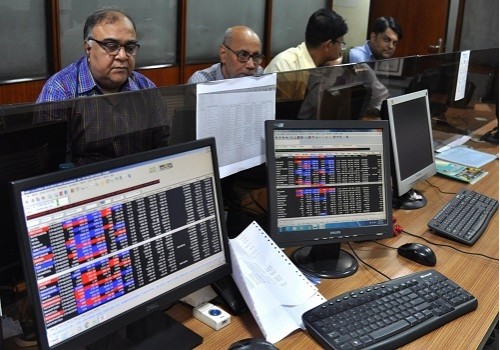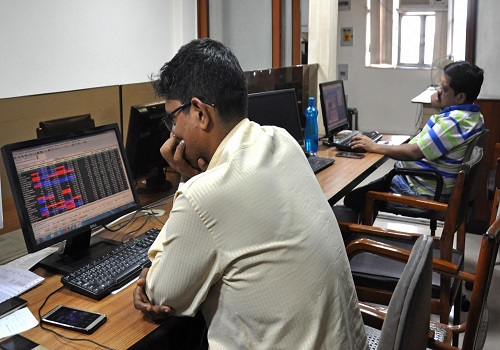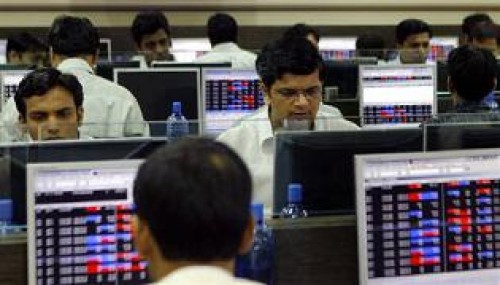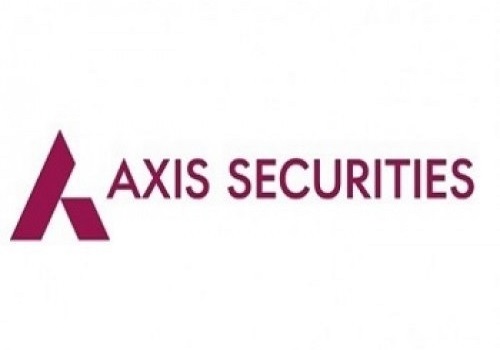Markets likely to get flat-to-negative start amid rising Omicron cases
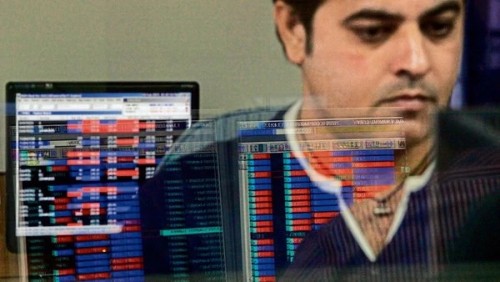
Follow us Now on Telegram ! Get daily 10 - 12 important updates on Business, Finance and Investment. Join our Telegram Channel
https://t.me/InvestmentGuruIndiacom
Download Telegram App before Joining the Channel
Indian markets extended gains for the second straight session on Tuesday on positive global cues and buying across sectors. Today, the start of session is likely to be flat-to-negative amid weakness in global markets coupled with rising corona cases in the country. Traders will be concerned as India reported 6,358 new coronavirus cases on Tuesday, according to the health ministry. The active caseload of the country now stands at 75,456. Omicron cases have risen to 653. There will be some cautiousness as the government’s total liabilities rose to Rs 125.71 lakh crore in the September quarter from Rs 120.91 lakh crore in the three months ended June, according to the latest public debt management report. The increase reflects a quarter-on-quarter increase of 3.97 per cent in the July-September period of 2021-22. However, some respite may come later in the day as ICRA said the Indian economy is likely to maintain a real GDP growth of 9 percent each in FY2022 and FY2023 amid uncertainty triggered by the Omicron variant of corona virus. The Indian economy grew at 8.4 per cent in the second quarter of the current fiscal, as against a growth of 20.1 per cent in the April-June quarter. Traders may take note of report that Finance Minister Nirmala Sitharaman will hold a meeting with finance ministers of states on Thursday as part of customary pre-Budget consultations with various stakeholders. Meanwhile, the Central Board of Direct Taxes (CBDT) has constituted a task force to restructure the Income Tax (I-T) Department. Besides, Markets regulator Sebi has decided to put a cap on IPO proceeds earmarked for making future acquisition of unspecified targets and will bring under monitoring the funds reserved for general corporate purposes. Banking stocks will be in limelight with the RBI report that the Indian financial system’s asset quality improved despite the pandemic, but it could be due to special dispensations by the regulator, and banks would likely see increased stress on their books once the schemes expire. Textile industry stocks will be in focus as the Centre released the operational guidelines for the production-linked incentive (PLI) scheme for textiles. Under this, companies can begin the registration process from January 1-31, 2022, on the government’s online portal. There will be some reaction in NBFCs stocks with report that the asset quality of non-banking financial companies (NBFCs) deteriorated in April-September 2021 (H1FY22) owing to the second wave of the pandemic. Their gross non-performing assets (NPAs) rose to 6.8 per cent in September 2021 from 6 per cent in March 2021.
The US markets ended mostly lower on Tuesday as a four-day rally lost steam in thin trading and investors weighed Omicron-driven travel disruptions and store closures. Asian markets are trading mostly in red on Wednesday as investors assessed the impact of the Omicron Covid variant.
Back home, bulls strengthened grip on Dalal Street on Tuesday with Nifty reclaiming its crucial 17,200 mark, while Sensex ending near 57,900 mark. Markets started the day on an optimistic note as India’s exports in the first three weeks of December rose 36.20% on-year at $23.82 billion. Outbound shipments were 27.7% higher than the same period of 2019-20. Export excluding petroleum, oil and lubricants increased 28.08% over the corresponding period last year. Traders took note of a private report that spiralling prices pinched the pocket of consumer as edible oil, fuel and many other commodities turned dearer this year amid pandemic-induced disruptions but the inflationary pressure is anticipated to ease, though marginally, in the coming months. Markets extended gains as traders took support with private report stating that the Indian economy is likely to maintain a real GDP growth of 9 percent each in FY2022 and FY2023 amid uncertainty triggered by the Omicron variant of corona virus. In last leg of trade market witnessed a sudden fall and markets pares some of their profit after Delhi chief minister Arvind Kejriwal’s statement that yellow alert has been sounded in Delhi and some restrictions imposed under the Graded Response Action Plan (GRAP) in view of rising number of Covid cases in the city. But, the selling was short and markets fully recovered in dying hour of trade as traders continued to buy fundamentally strong stocks. Some support came with report that the Centre has extended the existing Covid-related restrictions in the country till January 31, 2022, in view of the rising cases of Covid-19 and Omicron variant in the country. On December 27th, the number of Omicron cases in India rose to 578. Meanwhile, foreign portfolio investors (FPIs) pumped in a record $10.8 billion (Rs 79,851 crore) in the Indian primary market so far this year. FPIs surpassed the previous high of $9.7 billion in 2020, despite continued withdrawal from Indian equities and bonds amid fears of a rapid spread of the Omicron variant of COVID-19. Finally, the BSE Sensex surged 477.24 points or 0.83% to 57,897.48 and the CNX Nifty was up by 147.00 points or 0.86% to 17,233.25
Above views are of the author and not of the website kindly read disclaimer







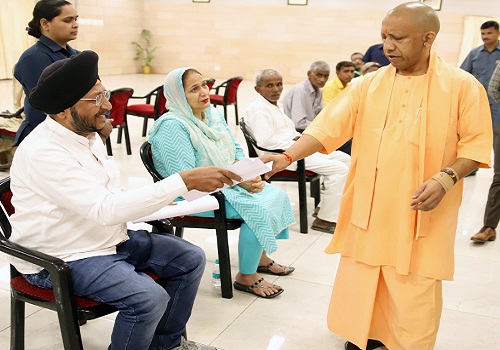


Tag News

Weekly Market Analysis : Markets strengthened recovery and gained nearly 2% in the passing w...
